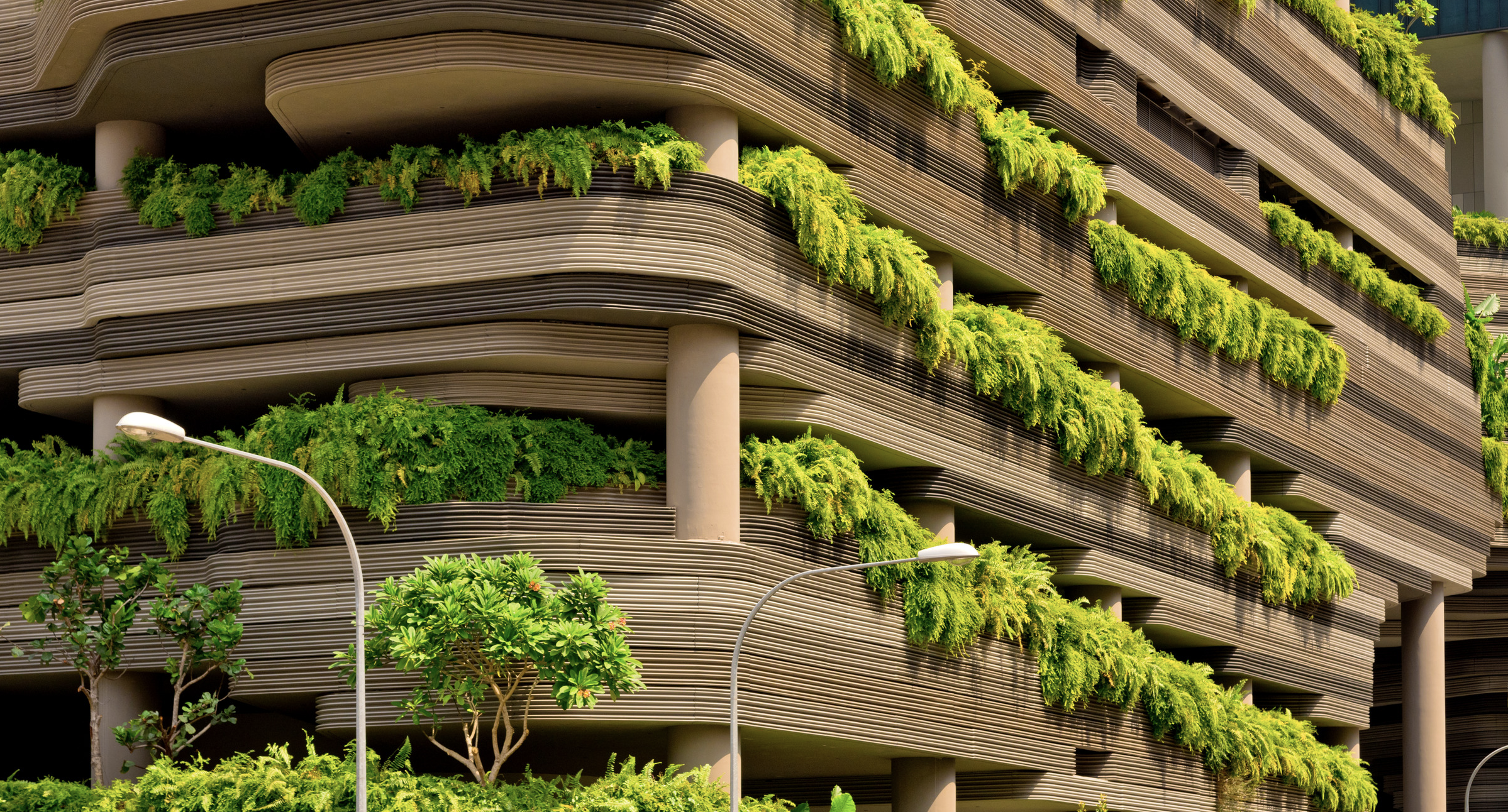Keyang Pang | UNE News Express
Many nonprofits, like Tree People and City Plants, are promoting urban greening and working on historically underinvested communities through free tree distribution and tree planting activities.
However, promotion of these programs has not reached the AAPI community. Events have been absent in their communities and city governments are also lacking in tree planting support.
Chen Cheng, who lives in El Monte, has always wanted to plant an avocado tree in her small yard. She said that avocado trees range from $100 to $200 dollars, which may not sound very expensive, but she has been hoping to wait for a discount. Chen didn’t know about these free tree programs that she could take advantage of.
Benefits of planting additional trees in communities include strengthening their ability to resist the impact of climate change by reducing heating and cooling needs, improving the overall health of residents and increasing local tree canopies as natural habitats for local wildlife and pollinators. In addition, planted fruit trees can improve community food security and resilience.
There are benefits to having more trees other than health.
The Arbor Day Foundation states that “healthy, mature trees can add value to a property, including attracting new businesses and tourism,” adding that “Trees make commercial retail areas more attractive to shoppers, allowing apartments to rent faster, tenants to stay longer, and tree-filled spaces to be more suitable for sale or rent.”
Tree People, one of the largest environmental organizations in Southern California, has distributed nearly 3,000 fruit trees to people living in food deserts and facing food shortages in Southern California in recent years, killing two birds with one stone, not only promoting urban greening but also solving some food shortage problems.
In addition to distributing trees for free, many cities actually have similar programs. For example, after purchasing approved plants at local nurseries, people can submit applications to the city government for reimbursement.
Marcos Trinidad, senior director of forestry at Tree People, that Tree People has cooperated with different organizations to hold many different free tree donation programs, including drought-tolerant shade trees and fruit trees.
“In terms of shade trees, we try to keep giving away California native species that grow well in the area, including oaks, western redwoods, etc. Most parks and forest trails can be planted with shade trees,” he said.
“I usually recommend that people plant trees they want to interact with. For example, for me and my family, we all like fruit, so we will plant as many fruit trees as possible. Fruit trees in the front yard, backyard, and anywhere residents think is appropriate,” he added.
Tree People has given away many pomegranate trees, persimmon trees, and cherry trees over the years.
Since many community residents have requested avocado trees, Tree People has also provided them, Trinidad explained.
He said that the first few years of planting trees require a lot of maintenance and watering. Tree People will also provide relevant tree care information after distributing seedlings to ensure that the trees thrive in the future.
For the AAPI community various fruits and flowering vegetation can have Religious and cultural values that enhance their living spaces. They may be offered at their Buddhist shrine, be signs of luck, or connect them to their family heritage, or simply be new delights of the local area like avocado. Even simple sharing of fruits and plants among friends and relatives is seen as a way to build and maintain community.
Wang Yifan rents in Alhambra and faces another type of hurdle as a renter. Her house is severely exposed to the west. She hopes that her landlord can plant some trees or green plants in the yard, but many communications have been fruitless because the landlord thinks that “it is difficult to take care of and wastes water.”
She recently learned about these free trees and plants programs, and she plans to use this information to persuade her landlord again.
People living in City of Los Angeles can also apply for free trees planted in backyards, streets, schools, businesses and even apartments through City Plants programs and a Los Angeles County government program.
This story was produced by Ethnic Media Services in collaboration with the Laboratory for Environmental Narrative Strategies (LENS) at UCLA as part of the Greening American Cities initiative supported by the Bezos Earth Fund.
Keyang Pang wrote this fellowship story for UNE US News Express, a Southern California-based multiplatform media outlet in English and Chinese featuring business, local news, and culture for the Chinese community.
“Despite Tree Giveaway Programs in Southern CA, AAPI Don’t Fully Benefit” discusses historic nonprofit measures to promote urban greening and tree distribution in LA’s historically underinvested communities, in light of the fact that many outreach efforts and local events have not reached AAPI communities.
Pang, chief correspondent at UNE US, said “I quite enjoy being engaged with nature. I’ve backpacked through the high country of the Eastern Sierra and raced Mountain bikes. These types of outdoor activities are not common in the Chinese community, but I’m doing my part to change that.”





